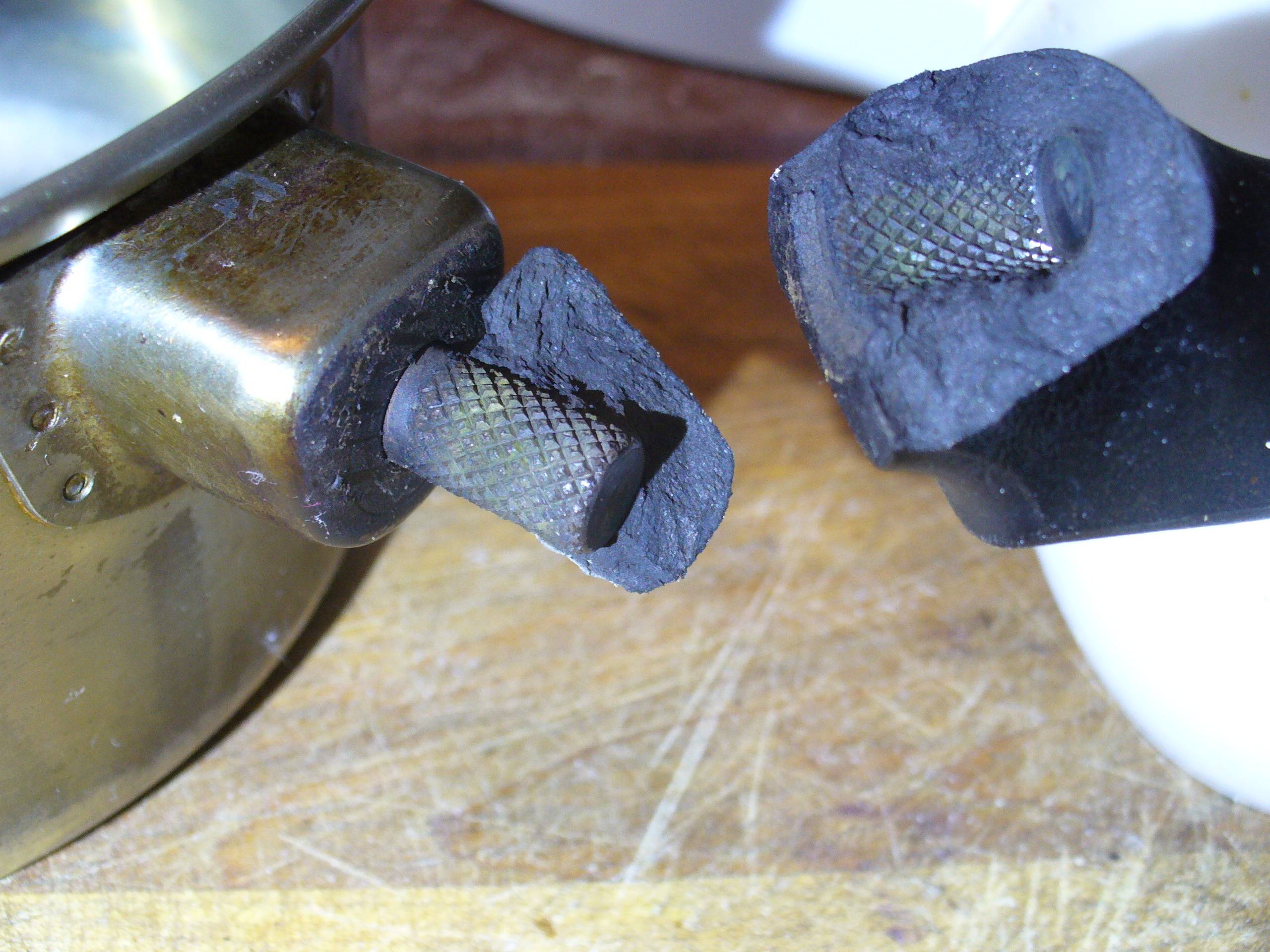Bakelite is a type of thermoplastic, meaning it can be molded and shaped with heat. It is also a very strong and durable material, making it ideal for many different applications. When it comes to gluing Bakelite, there are a few things to keep in mind. First, Bakelite can be difficult to glue because it is non-porous. This means that the glue will not be able to penetrate the material and create a strong bond.
Instead, you will need to use a solvent-based adhesive. Second, it is important to use a very small amount of adhesive. Too much glue will cause the Bakelite to become brittle and break. Third, you will need to apply heat to the Bakelite in order for the adhesive to bond properly. A heat gun or hair dryer can be used for this. Fourth, you will need to apply pressure to the Bakelite to ensure that the adhesive bonds properly. Finally, you will need to allow the adhesive to cure for 24 hours before using the Bakelite.
What is the best glue for bakelite

If you are working with Bakelite, you will need to use a special type of glue in order to ensure that your pieces adhere properly. The best glue for Bakelite is a two-part epoxy resin. This type of glue is specifically designed for use with plastics, and it will create a strong bond that will last for many years. You will need to mix the two parts of the epoxy together before you can use it, and it is important to follow the instructions carefully in order to ensure that the glue will work properly. Applying the epoxy to the Bakelite is a simple process, and you will only need a small amount of glue in order to get the job done. Once the epoxy is in place, you will need to hold the pieces of Bakelite together for a few minutes in order to allow the glue to set. After that, your Bakelite jewelry or other item will be as good as new!
Does JB Weld work on Bakelite?
JB Weld can be used on both porous and non-porous surfaces, making it a versatile option for many different projects. It is also resistant to high temperatures, making it ideal for use with bakelite.
Why was Bakelite discontinued?
It was used extensively in the first half of the 20th century for molding and casting objects, as well as for electrical insulation. However, bakelite was discontinued in the 1950s due to health concerns related to its asbestos content. Today, there are many modern plastics that can be used for similar purposes.
What filler is used in Bakelite?
Bakelite is used in a variety of applications, including electrical insulation, molding, and adhesive manufacturing. When Bakelite is used as an adhesive, it is mixed with a filler such as alcohol or formaldehyde. This mixture is then applied to the surface to be glued. Bakelite adhesive is strong and resistant to heat and chemical damage.
What is the strongest glue to hold plastic together?
When bonding bakelite, it is important to use a glue that will create a strong bond and hold up to the high temperatures. The strongest glue to hold plastic together is a two-part epoxy. This type of glue will create a strong bond between the bakelite pieces. It is important to follow the directions on the epoxy and mix it correctly. Once it is applied, it will need to be clamped or held in place until it dries.
If you are looking for a less permanent bond, you can use a hot glue gun. Hot glue will hold the bakelite together, but it is not as strong as epoxy. You can also use a super glue, but it is not as heat resistant as epoxy. When bonding bakelite, it is important to use the right type of glue. Epoxy will create the strongest bond, but hot glue or super glue can also be used. Be sure to follow the directions on the glue and clamp or hold the pieces in place until the glue dries.
Is gorilla glue or epoxy stronger for plastic?
Gorilla glue and epoxy are both strong adhesives that can be used to glue plastic. However, gorilla glue is generally considered to be stronger than epoxy. This is because gorilla glue creates a stronger bond between surfaces than epoxy. Additionally, gorilla glue is more flexible than epoxy, which means it is less likely to crack or break when used on plastic.
What plastics Cannot be glued?
There are some plastics that cannot be glued, such as bakelite. Bakelite is a plastic that is made fromphenol and formaldehyde. It is a hard, infusible, and insoluble thermosetting resin. Bakelite is used in electrical insulators and as a molding compound.
What adhesive is used on plastic to plastic?
There are a few different adhesives that can be used on plastic to plastic, but one of the most common is bakelite. Bakelite is a type of plastic that is made from a variety of materials, including wood, paper, and cloth. It is often used in electrical applications because it is a good insulator and has a high melting point. To glue bakelite, you will need a bakelite adhesive. There are a few different brands that make this type of adhesive, so you will need to choose one that is compatible with the type of plastic you are using. Once you have the adhesive, you will need to apply it to both surfaces that you wish to join. Once the adhesive has been applied, you can then use a clamp or other device to hold the two pieces of plastic together while the adhesive dries.
Does Gorilla Glue work on plastic to plastic?
Gorilla Glue will work on plastic to plastic, but it is not the best option. It is best to use a plastic adhesive for plastic to plastic.